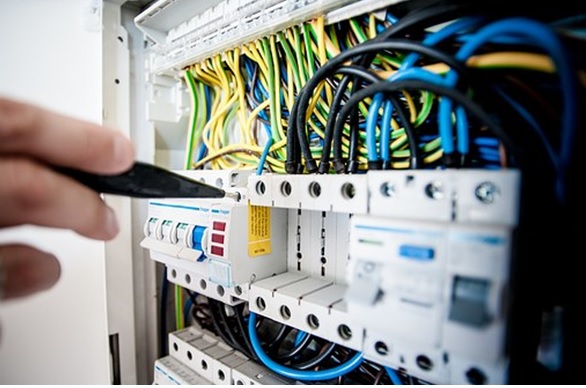
Overcurrent
Overcurrent is a situation whereby current more than the intended is passed through a conductor or an electrical circuit leading to the generation of excess heat, fire or damage to the circuit and equipment at large. There are three types of overcurrent based on their cause;
Short-circuit Overcurrent
Short-circuit currents are composed of high-magnitude fault currents that create a low resistance path that is in parallel with the resistance of the load connected to the circuit. Ordinarily, short-circuits overcurrent result from unintentional cross-connection of two or more current-carrying conductors in a circuit i.e. Line-to-line or line to neutral. This, in turn, causes a short-circuit across the supply transformer winding.
Ground-Fault Overcurrent
Ground-Fault Overcurrent is, in essence, a short-circuit overcurrent only that it involves one of the circuit conductors and the circuit ground (grounded metal raceway, electrical distribution or equipment enclosure). This type of overcurrent only occurs when the electrical power distribution system of the building is referenced to the earth ground. “Reference grounding” typically occurs in the Star transformer configuration where one end of one or more of the single-phase AC transformer windings are connected to a grounding-electrode system resulting in grounded and ungrounded supply to the circuit.
Ground-fault overcurrent is of less magnitude compared to the short-circuit overcurrent from the same transformer. This is because a short-circuit will involve two or more single-phase AC windings of the transformer whereas ground-fault involves one single-phase AC winding on the supply transformer.
Overload overcurrent
Overload Overcurrent occurs when an existing circuit is required to pass load current that is higher than the rated-load ampacity of the circuit conductors. It can occur at the service, branch-circuit or feeder level of a structure’s electrical power distribution system. Overload over current yields low magnitude current compared to short-circuit and ground-fault overcurrent. A good example of overload overcurrent is the overcurrent that is experienced when a motor is mechanically overloaded by excess heat, excess friction or mechanical faults.
Overcurrent protection
An electrical circuit is composed of three principal components, a power source,load, and conductors. These components are supplemented with a means of switching them on or off and a means of limit control. These two types of controls restrict the amount of current that can flow in a circuit. The ON/OFF control is achieved through the use of switches (electronic, manual, or electromechanical). Limit control is achieved through the use of overcurrent protection devices (OCPD). There are two types of OCPDs; fuses and circuit breakers. The OCPDs must be installed in a manner that meets the requirements of the National Electric Code. It’s also important to note that these protection devices have ratings.
Conductor ampacity, the current rating of the load and OCPD rating are interrelated. The full-load current rating determines the ampacity of the conductors and the OCPD rating. On the same note, OCPD rating and the conductor ampacity dictate the maximum current that can be supplied from the service, feeder or branch unit. OCPD use different ways to protect circuits and equipment.
Circuit protection
OCPDs protects circuits by opening when the current reaches levels that are likely to cause anexcessive temperature rise in conductors. Fuses or circuit breakers are usually used for this form of protection.
Equipment protection
OCPDs protect equipment by opening when it detects a short-circuit or ground faults. Every electrical equipment ought to have a short-circuit current rating that can permit the protection devices to handle short circuits and ground faults with limited damage to the electrical components of the circuit.
Location of OCPD
Overcurrent protection for conductors and the connected load is installed at the point of origin of the conductors. The OCPD involved are fuses and circuit breakers.
Overload protection is located downstream whereas short-circuit and ground fault protection is located upstream. The OCPDs (fuses and circuit breakers) located downstream provide overcurrent protection for circuits and equipment on the load side while at the same time providing overload protection to the circuit on the supply-side.
The National Electric codes specify the types of OCPDs that can be used with different equipment. It also explains where these proactive devices should be located. A circuit designer should, therefore, take them into consideration when designing the circuits or a system’s overcurrent protection.






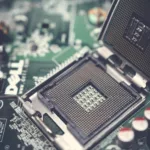

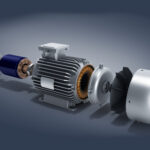

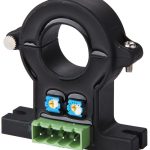
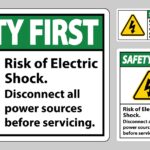

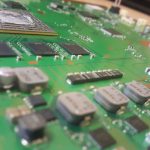

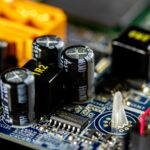






1 Comment